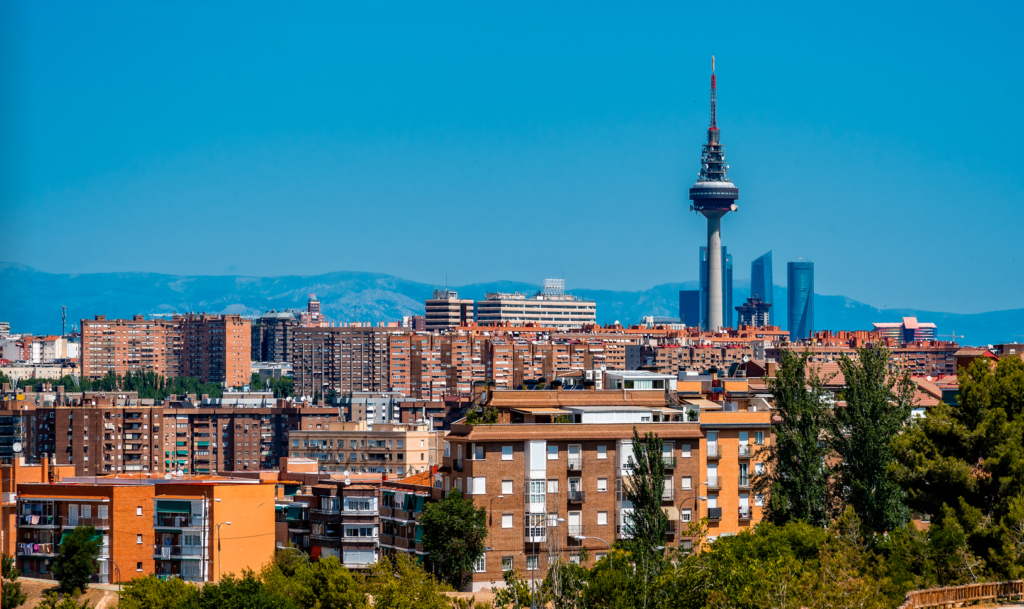Have you heard about the Madrid Protocol? Is it a new Covid-19 treatment? Is it the next Bond movie? Most know where “Madrid” is located . . . Spain. But what about the “Protocol” part? Intellectual property can sometimes be mysterious, especially when adult beverages and your imagination are shaken, not stirred.
The Madrid Protocol is an IP tool that, according to the World Intellectual Property Organization (WIPO), provides “a convenient and cost-effective solution for registering and managing trademarks worldwide.” This “solution” is actually a treaty. While treaties typically do not offer “convenient and cost-effective” solutions, the Madrid Protocol comes close to doing so when it comes to international trademark application processing. As a result, 125 countries are members of the Madrid Protocol treaty, including the United States.
Who Can Play?
To “play” under the Madrid Protocol, a trademark applicant must have a connection with a member country and file an initial “regular” trademark application in that member country. The member country connection required is that the trademark applicant must have an industrial or commercial establishment there; be a national (citizen) there; or be domiciled there. The protection then provided via the Madrid Protocol is set up as an extension of trademark rights initially established in that member country.
For example, if the applicant is an Australian citizen or has a business in Australia, then the initial “regular” trademark application has to be filed in the Australian Trademark Office. If the applicant is a Mexican citizen living in the United States, then the applicant can choose either the U.S. Trademark Office or the Mexican Trademark Office for the initial “regular” trademark filing.
Cost Effectiveness
Typically, trademark rights in other countries are obtained by filing an individual trademark application in each country’s trademark office. Each individual filing requires the services of a trademark agent in that country who, of course, charge for their services. A Madrid Protocol filing avoids these local legal fees by allowing the filing a single international application that designates those countries where protection is desired. However, a Madrid Protocol filing still requires the payment of each designated country’s trademark application filing fees, along with the filing fee for the Madrid Protocol international application.
Another cost-effective aspect happens at renewal of the international trademark registration. A Madrid Protocol registration needs to be renewed every 10 years. Renewal of a Madrid Protocol registration along with renewal in each of the designated countries is accomplished in one filing, thereby avoiding individual renewals in each country and associated local agent service charges.
Limitations, Drawbacks & Other Things to Be Aware Of
In order for a Madrid Protocol international registration to continue its existence, the initial member country application has to issue into a registration and that registration has to exist for at least five years. If the registration does not exist for five years, the Madrid Registration ceases to exist along with the protection in the designated member countries. It is thus very important to maintain that initial registration for that first five years. After that, the existence of the Madrid Protocol international registration will not depend on the continued existence of the initial member country registration.
Cessation of a Madrid Protocol registration does not necessarily end protection in the designated countries. The Madrid Protocol protection can then be converted to individual country applications or registrations, with assistance from local trademark agents in those countries.
Designation of countries in the Madrid Protocol registration does not automatically convert to trademark rights in those countries. Each extension of trademark rights has to suffer the same process as a regular trademark application and if there is an objection from that country’s trademark office, the services of a local trademark agent will be needed to respond to that objection.
A useful feature of the Madrid Protocol international registration is that trademark rights may generally be extended to additional member countries at any time by filing a request and paying additional fees.
There are many other nuances to using the Madrid Protocol. We recommend seeking expert help (like, for instance, from Dr. Fauci or James Bond) before you attempt international exposure and intrigue with your client’s trademark.










